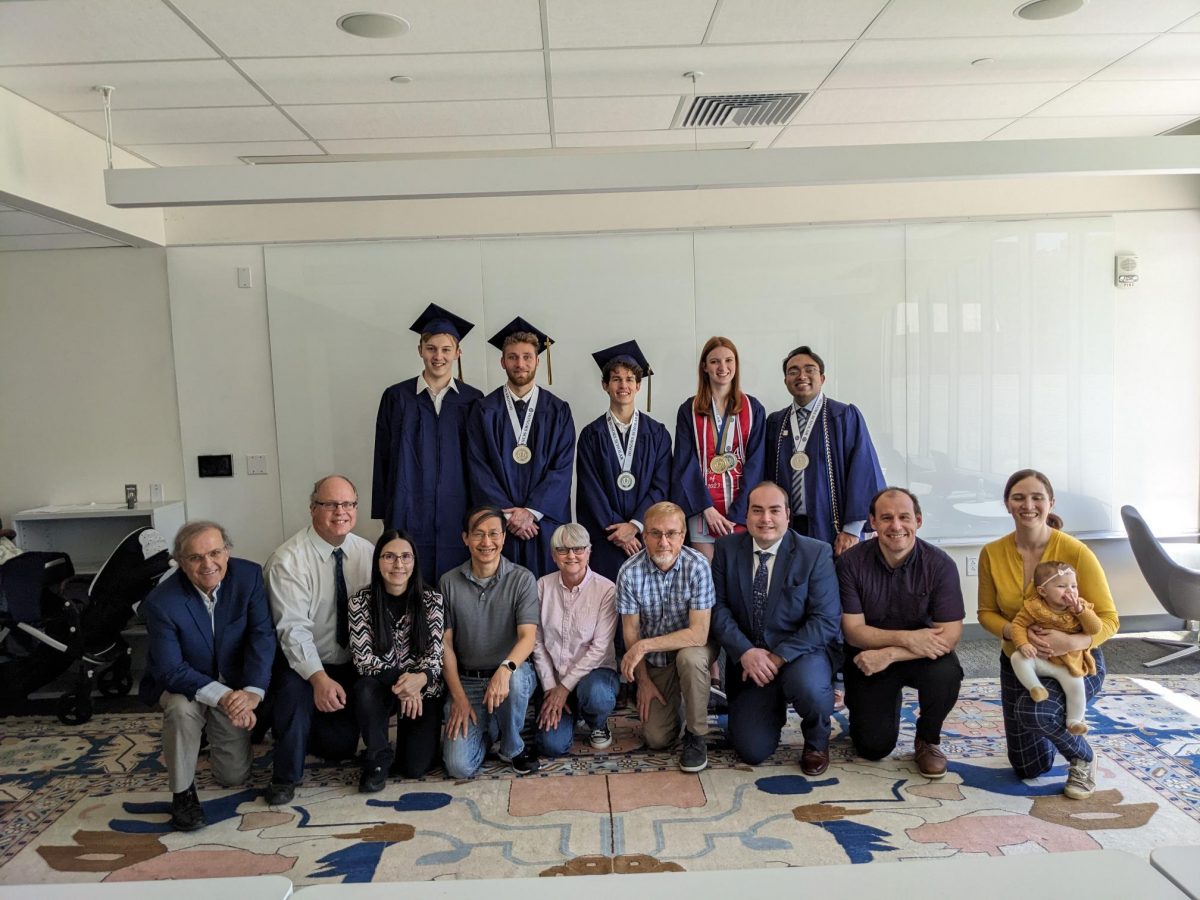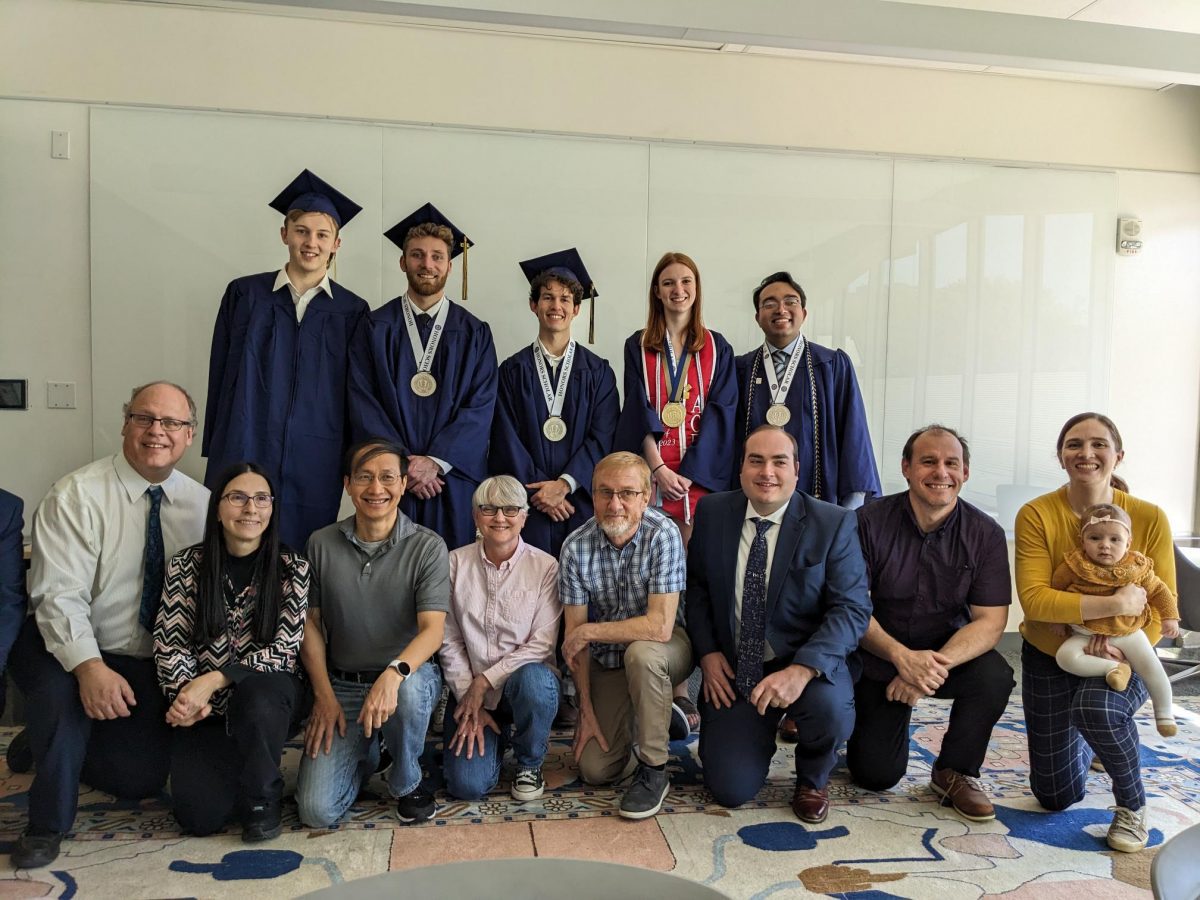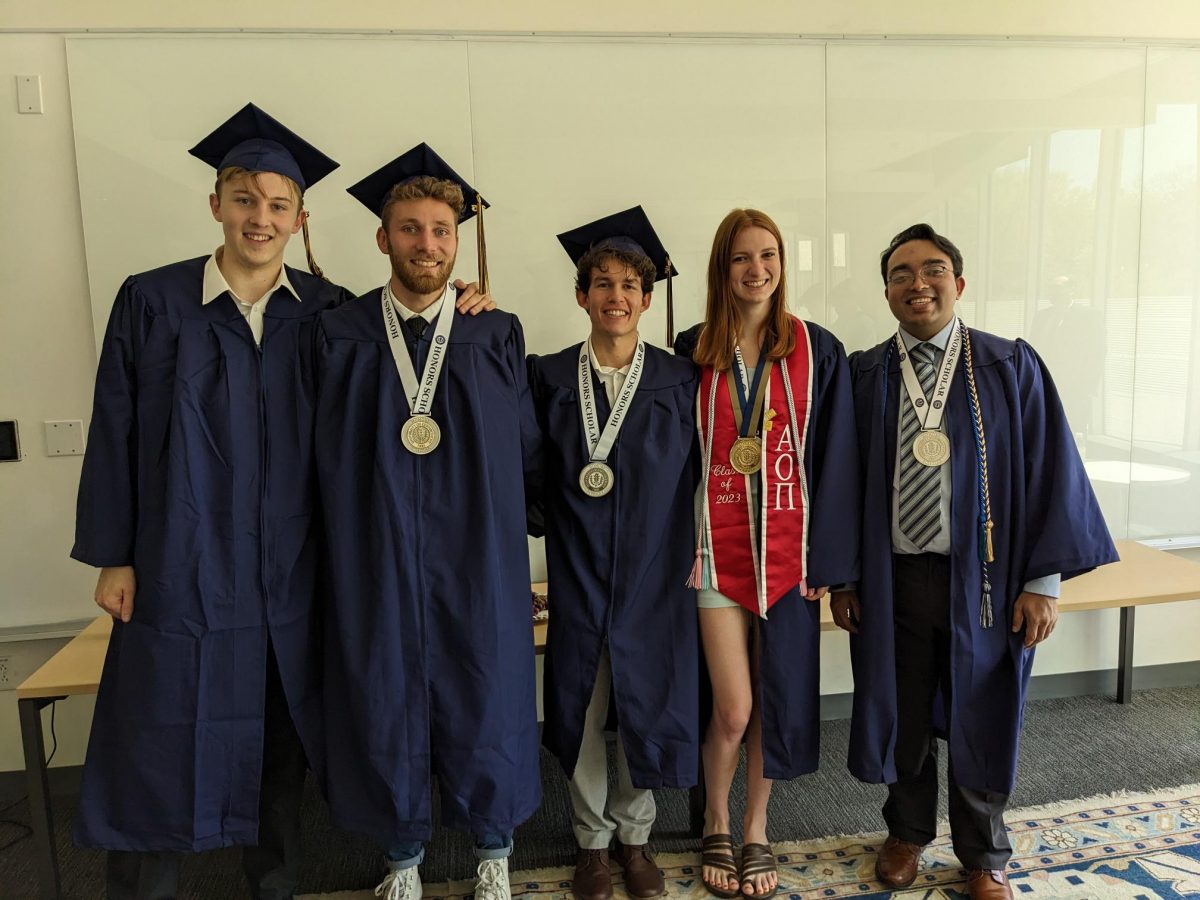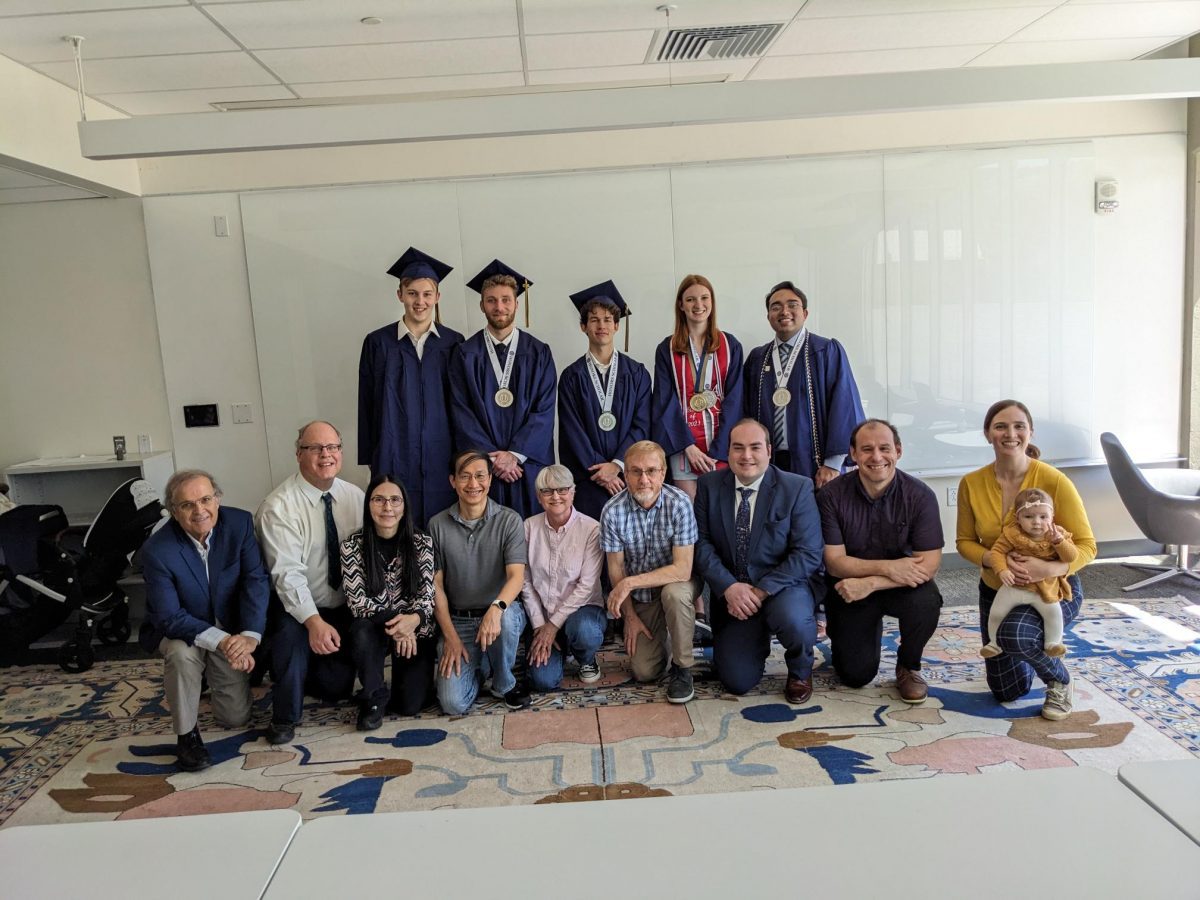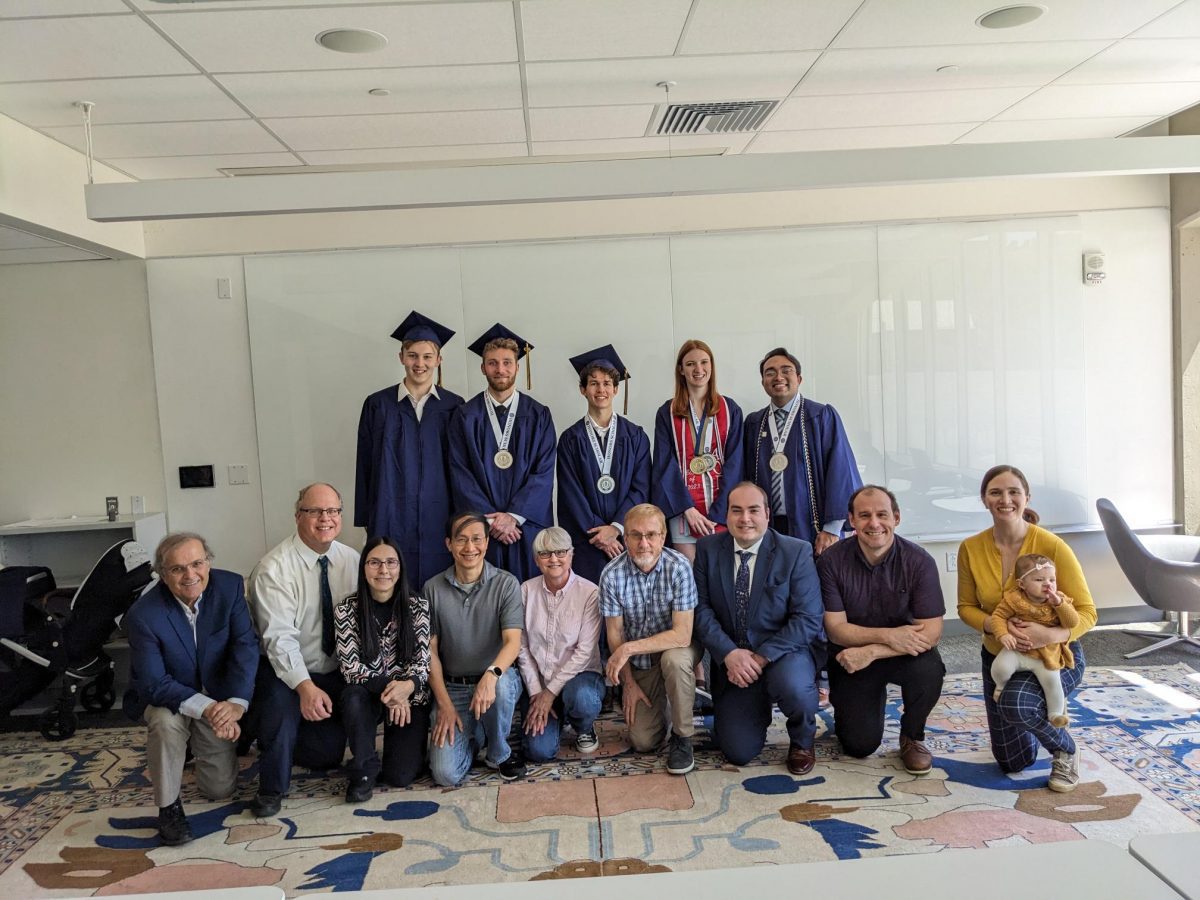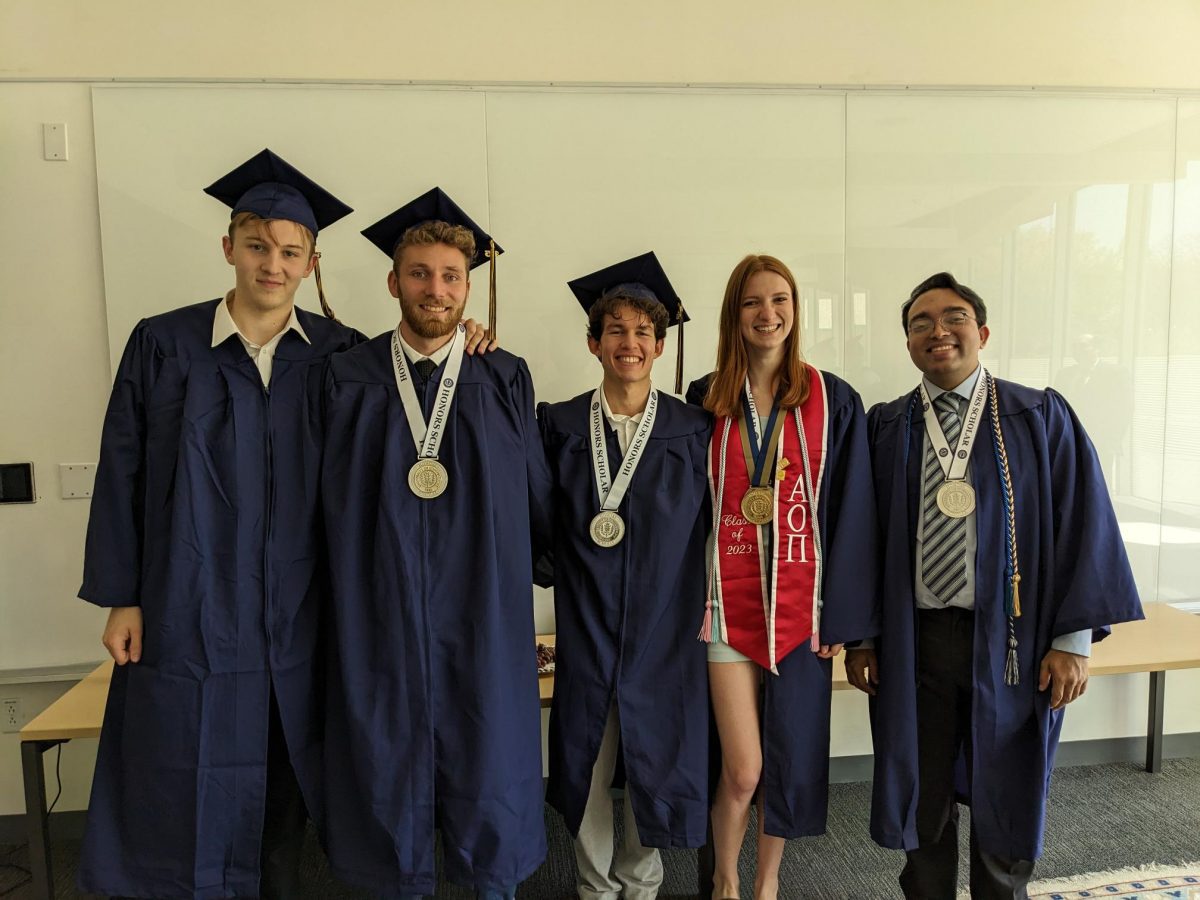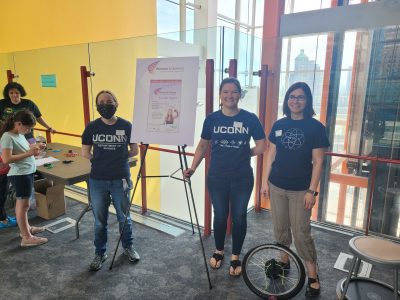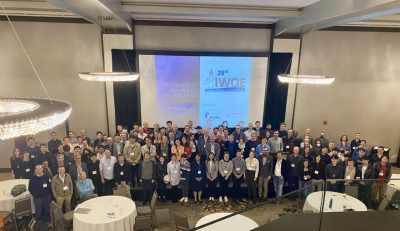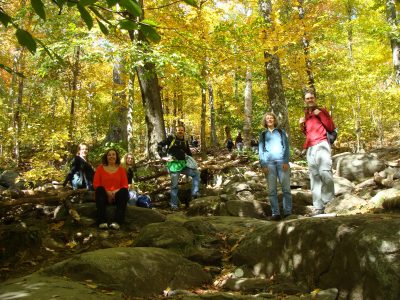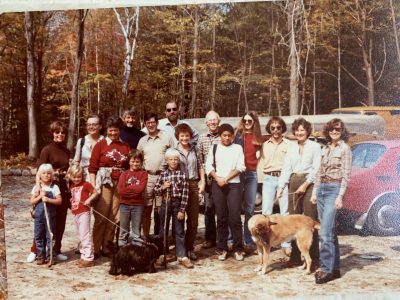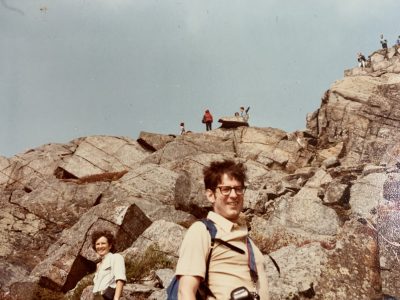The University of Connecticut Department of Physics is pleased to announce the upcoming colloquium by Dr. Sylvester James Gates Jr. on November 18th in Gant West 002 from 3:30-4:45PM. Dr. Gates is a theoretical high-energy physicist who has made significant, pioneering contributions to supersymmetry, supergravity, and superstring theory. His colloquium will concern the ongoing efforts to construct a mathematical foundation for supersymmetry (SUSY).
Alongside the colloquium, there will be additional events during Dr. Gates’s visit, organized by the Physics Diversity and Multiculturalism Committee with help from the Physics Graduate Student Association:
- Undergraduate and graduate physics students are encouraged to attend a lunch meet and greet with Dr. Gates from 12:15 to 1:15 pm in Gant South room 117, where pizza will be provided.
- Students, postdocs, and faculty from all departments are all encouraged to attend a DEI panel discussion: “Bringing Diversity into the Physical Sciences,” featuring Dr. Gates as well as faculty from multiple departments in CLAS at UConn. The panel will take place in Gant South rooms 117 and 119 from 1:30 to 2:30 pm.
List of Panelist Speakers:
-
Prof. Jim Gates – Clark Leadership Chair in Science, Distinguished University Professor and Regents Professor, University of Maryland
-
Prof. Ronald Mallett – Professor Emeritus and Research Professor, Department of Physics
-
Prof. Nora Berrah – Professor, Physics Department
-
Prof. Amy Howell – Professor, Chemistry Department
-
Prof. Marisa Chrysochoou – Professor and Department Head, Department of Civil and Environmental Engineering
-
Prof. Masha Gordina – Professor, Department of Mathematics
Professor Gates Bio:
Gates received Bachelor of Science degrees in both physics and mathematics and a Ph.D. in physics from MIT. At the University of Maryland, he became the first African American to hold an endowed chair in physics at a major U.S. research university. Gates is the past president of the American Physical Society (APS), a role to which he was elected in 2019. He has received numerous awards and accolades, including the 2013 Mendel Medal and the 2013 National Medal of Science from former President Barack Obama. In 2013, he was also elected to the National Academy of Sciences, becoming its first African American theoretical physicist recognized in its 150-year-old history. He also served on former President Barack Obama’s Council of Advisors on Science and Technology. In addition, Gates has just been named as the 2023 recipient of the prestigious Hans Christian Oersted Medal, presented by the AAPT in honor of his outstanding leadership and impact in physics education.
Dr. Gates was until very recently the Theoretical Physics Center Director, Ford Foundation Professor of Physics, and Affiliate Mathematics Professor at Brown University. He has since moved back to Maryland where he is the Clark Leadership Chair in Science, Distinguished University Professor and Regents Professor at the University of Maryland.
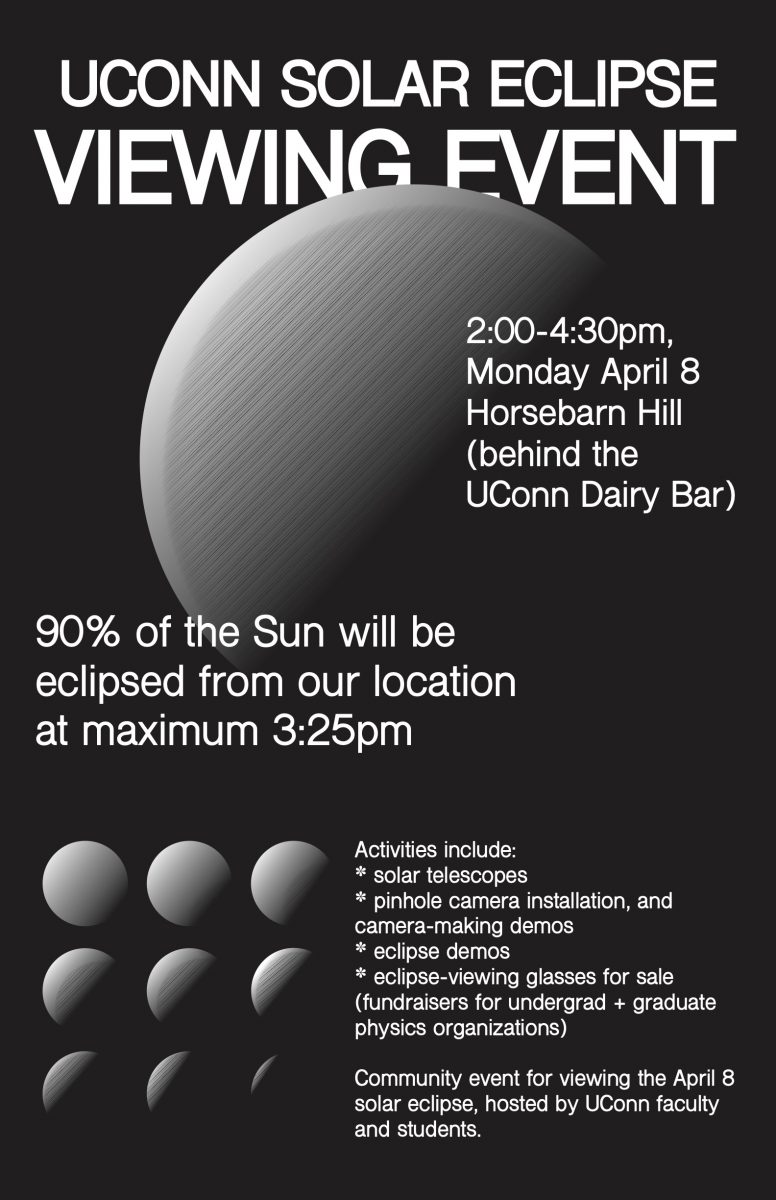
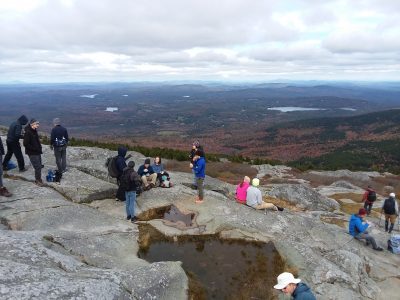
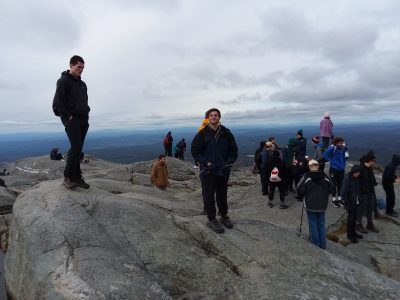
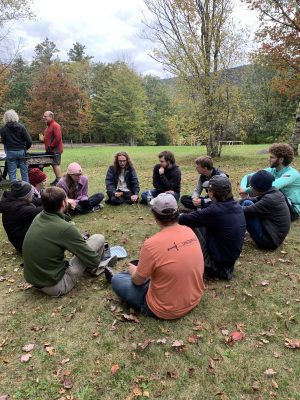
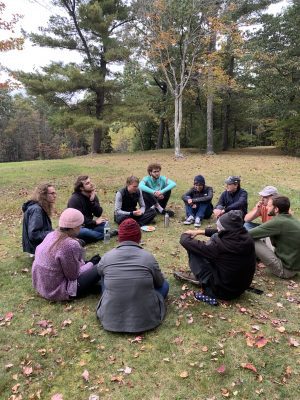
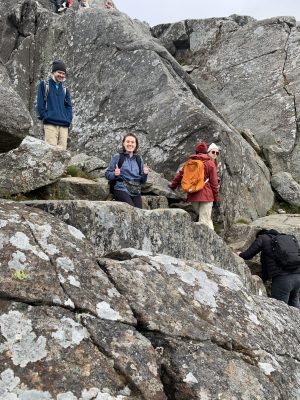
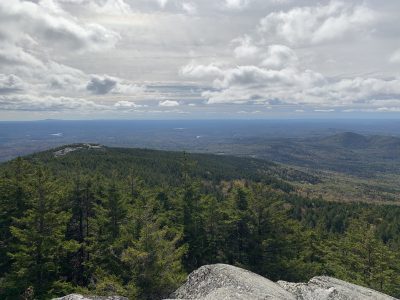

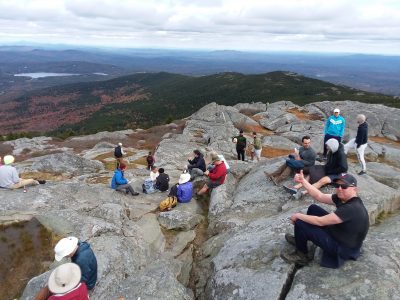
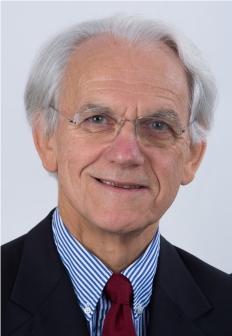 Gérard Mourou received his undergraduate education at the University of Grenoble (1967) and his Ph.D. from University Paris VI in 1973. He has made numerous contributions to the field of ultrafast lasers, high-speed electronics, and medicine. But, his most important invention, demonstrated with his student Donna Strickland while at the University of Rochester (N.Y.), is the laser amplification technique known as Chirped Pulse Amplification (CPA), universally used today. CPA revolutionized the field of optics, opening new branches like attosecond pulse generation, Nonlinear QED, and compact particle accelerators. It extended the field of optics to nuclear and particle physics. In 2005, Prof. Mourou proposed a new infrastructure, the Extreme Light Infrastructure (ELI), which is distributed over three pillars located in the Czech Republic, Romania, and Hungary. Prof. Mourou also pioneered the field of femtosecond ophthalmology that relies on a CPA femtosecond laser for precise myopia corrections and corneal transplants. Over a million such procedures are now performed annually. Prof. Mourou is a member of the U.S. National Academy of Engineering, and a foreign member of the Russian Science Academy, the Austrian Sciences Academy, and the Lombardy Academy for Sciences and Letters. He is Chevalier de la Légion d’honneur.
Gérard Mourou received his undergraduate education at the University of Grenoble (1967) and his Ph.D. from University Paris VI in 1973. He has made numerous contributions to the field of ultrafast lasers, high-speed electronics, and medicine. But, his most important invention, demonstrated with his student Donna Strickland while at the University of Rochester (N.Y.), is the laser amplification technique known as Chirped Pulse Amplification (CPA), universally used today. CPA revolutionized the field of optics, opening new branches like attosecond pulse generation, Nonlinear QED, and compact particle accelerators. It extended the field of optics to nuclear and particle physics. In 2005, Prof. Mourou proposed a new infrastructure, the Extreme Light Infrastructure (ELI), which is distributed over three pillars located in the Czech Republic, Romania, and Hungary. Prof. Mourou also pioneered the field of femtosecond ophthalmology that relies on a CPA femtosecond laser for precise myopia corrections and corneal transplants. Over a million such procedures are now performed annually. Prof. Mourou is a member of the U.S. National Academy of Engineering, and a foreign member of the Russian Science Academy, the Austrian Sciences Academy, and the Lombardy Academy for Sciences and Letters. He is Chevalier de la Légion d’honneur.